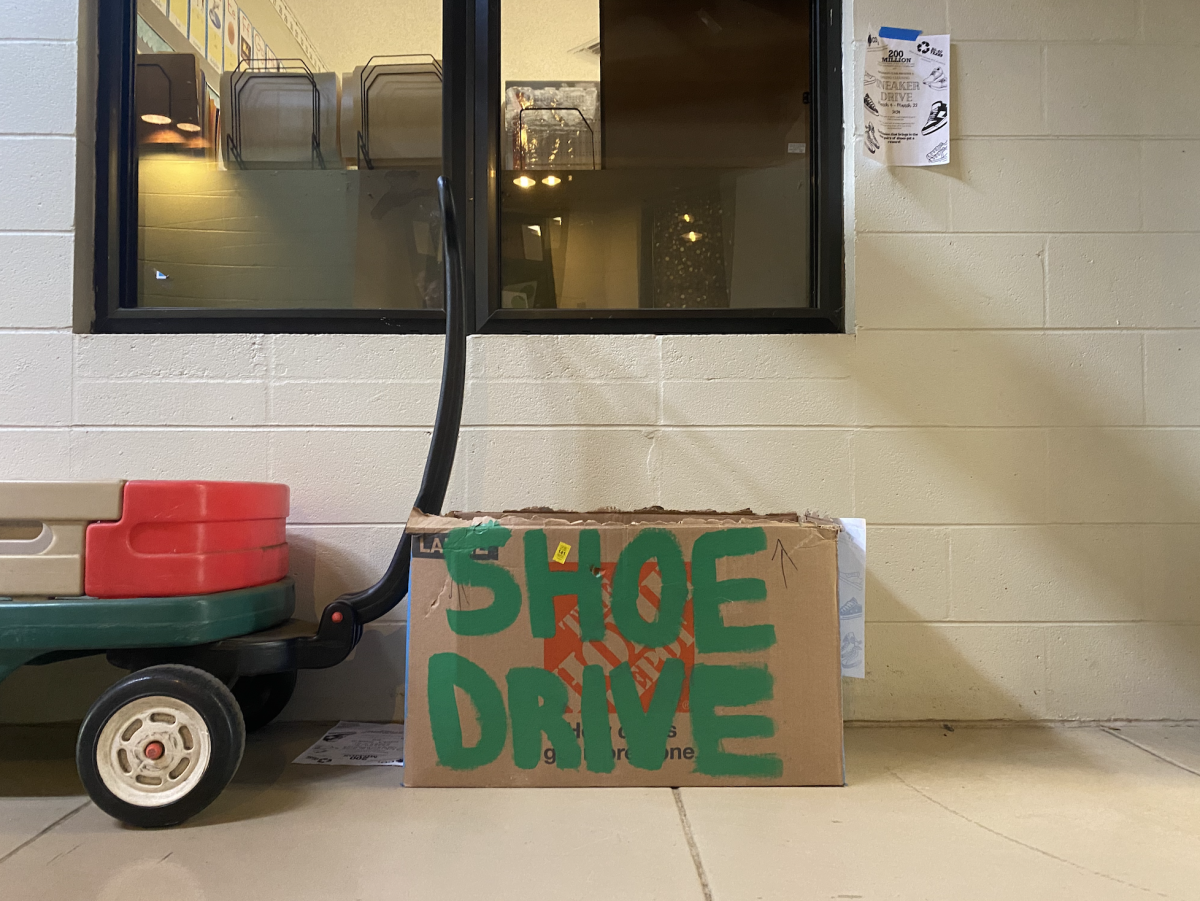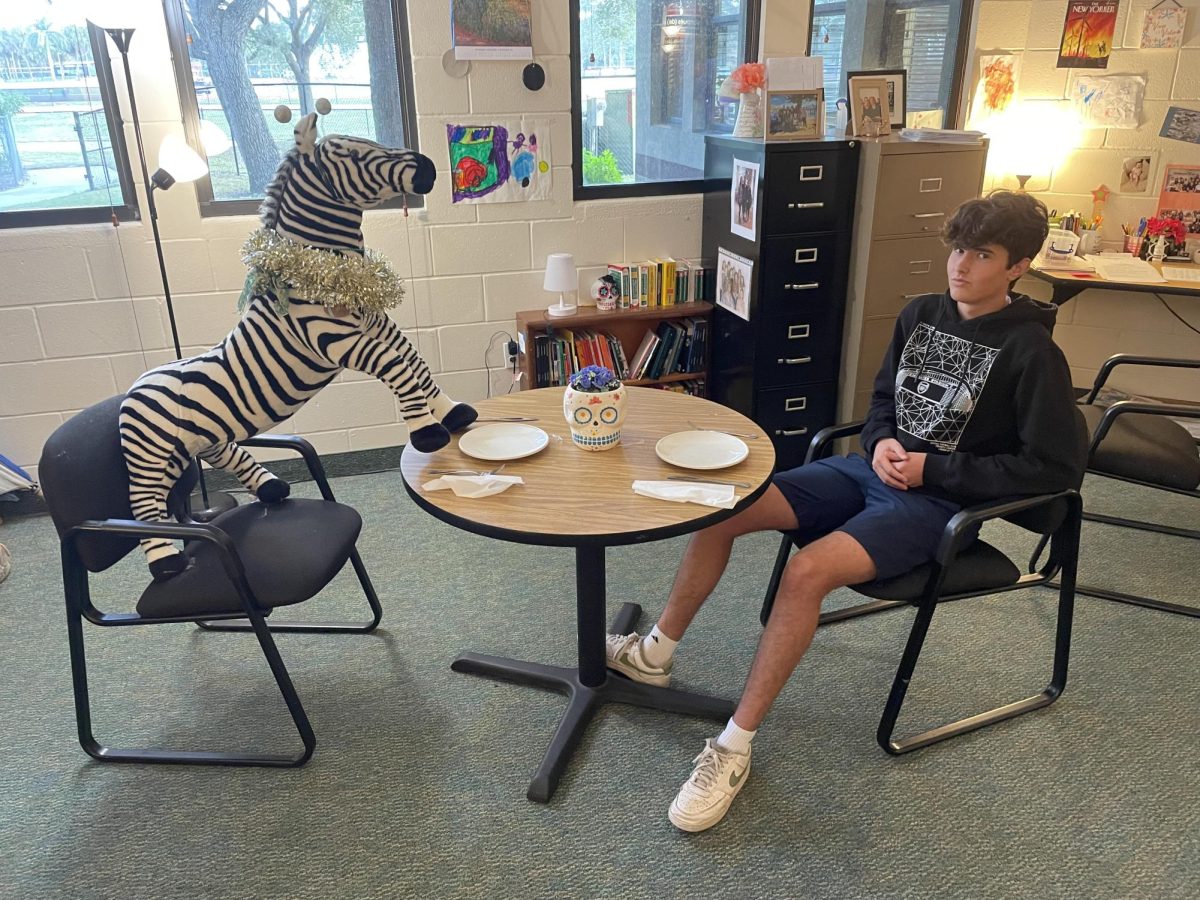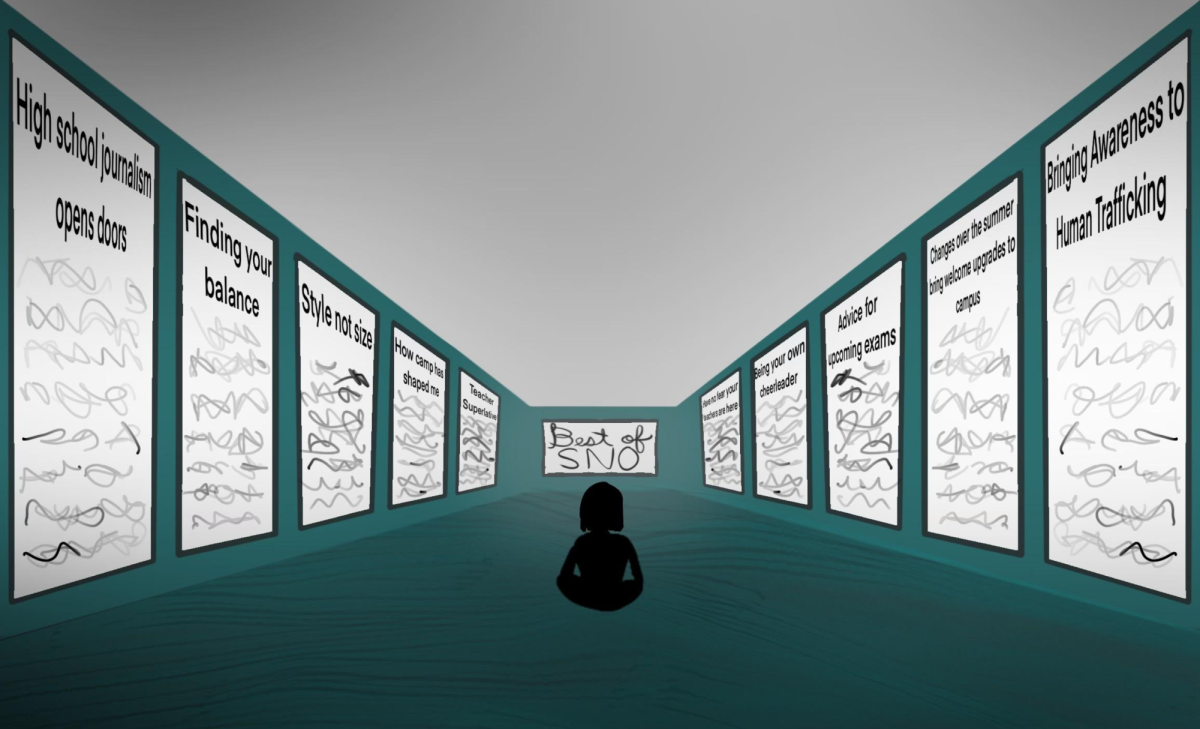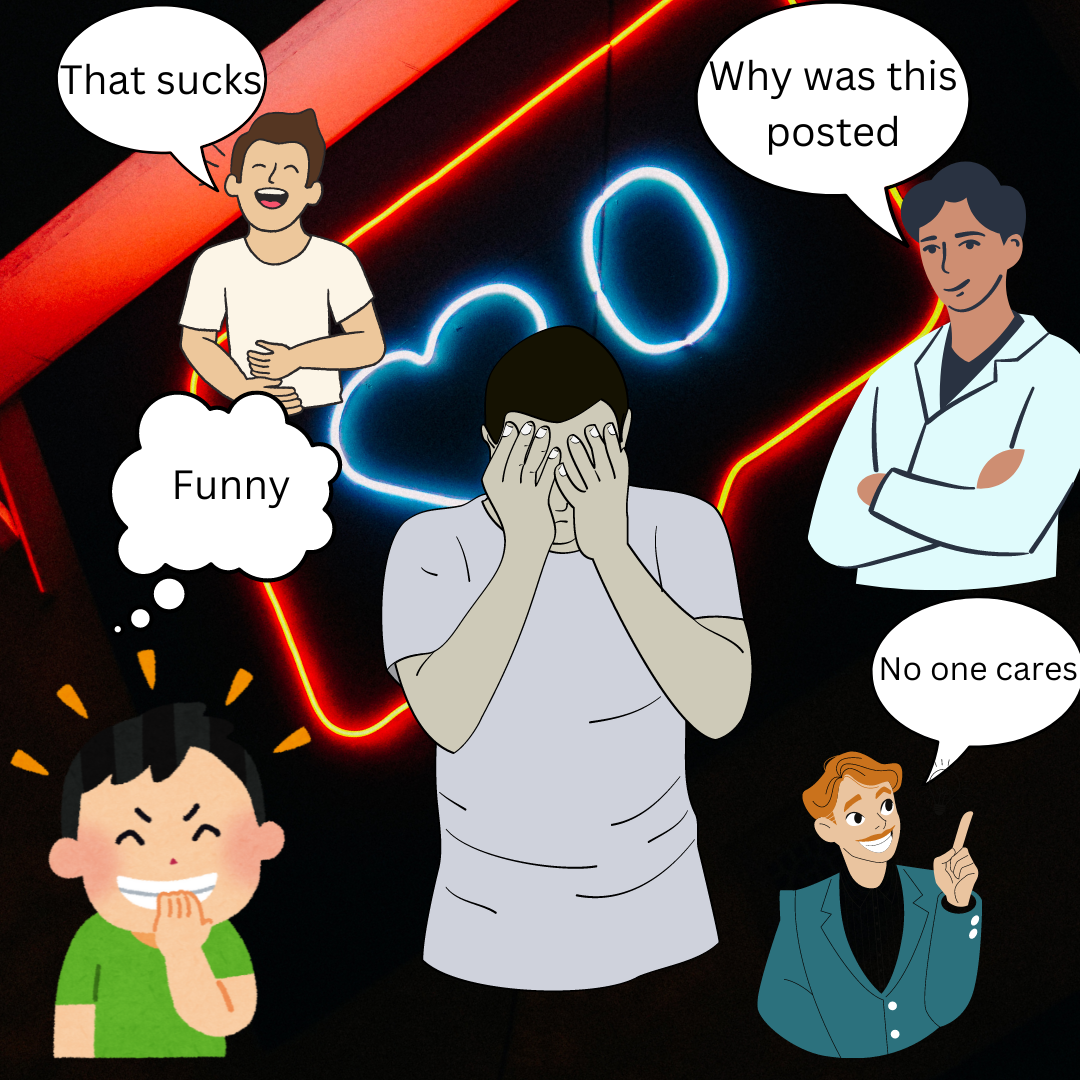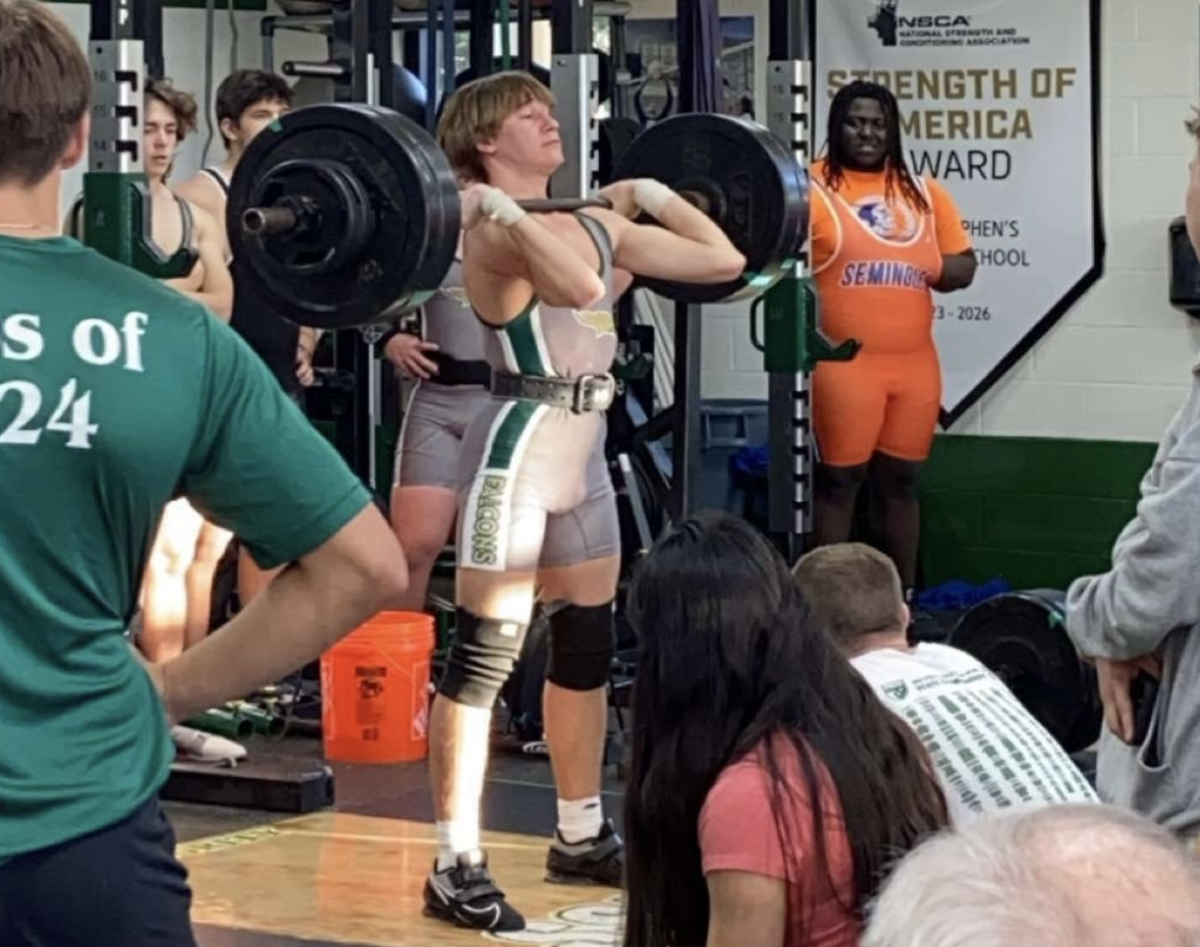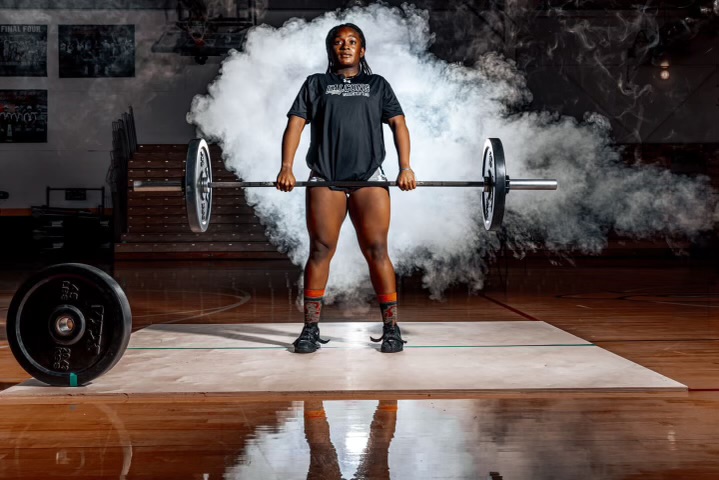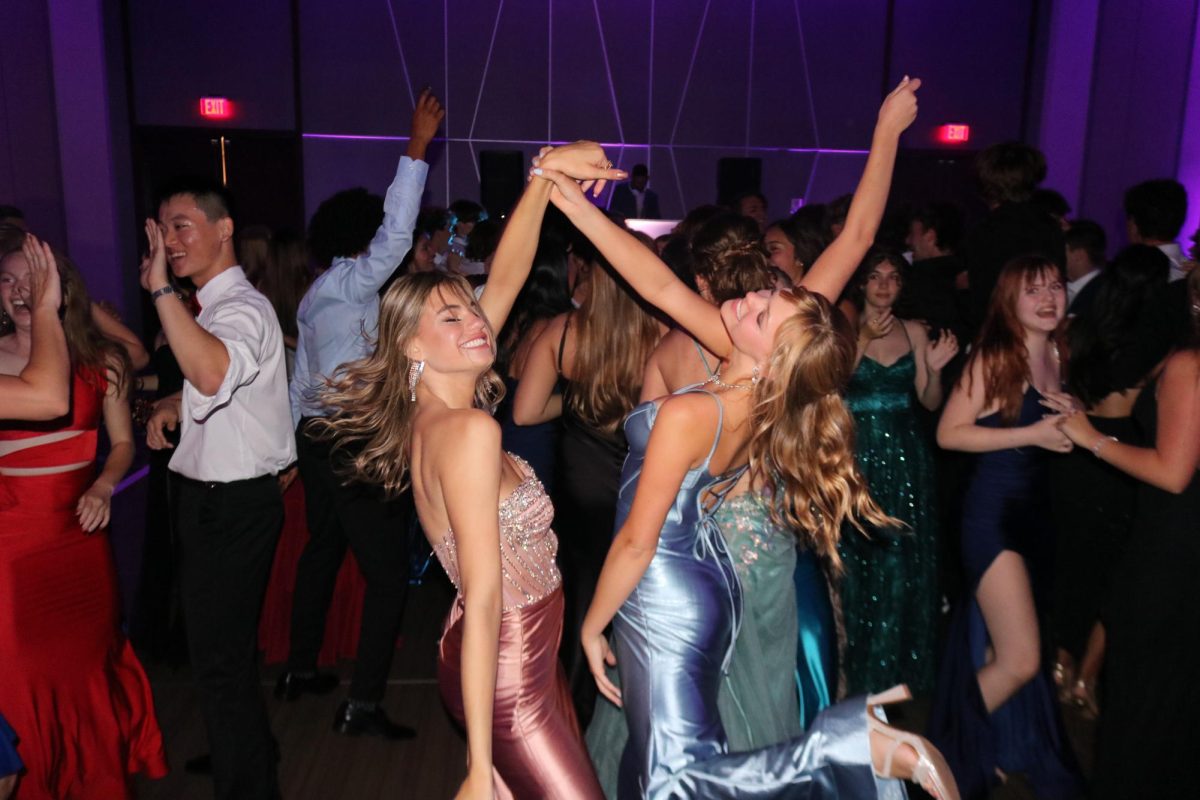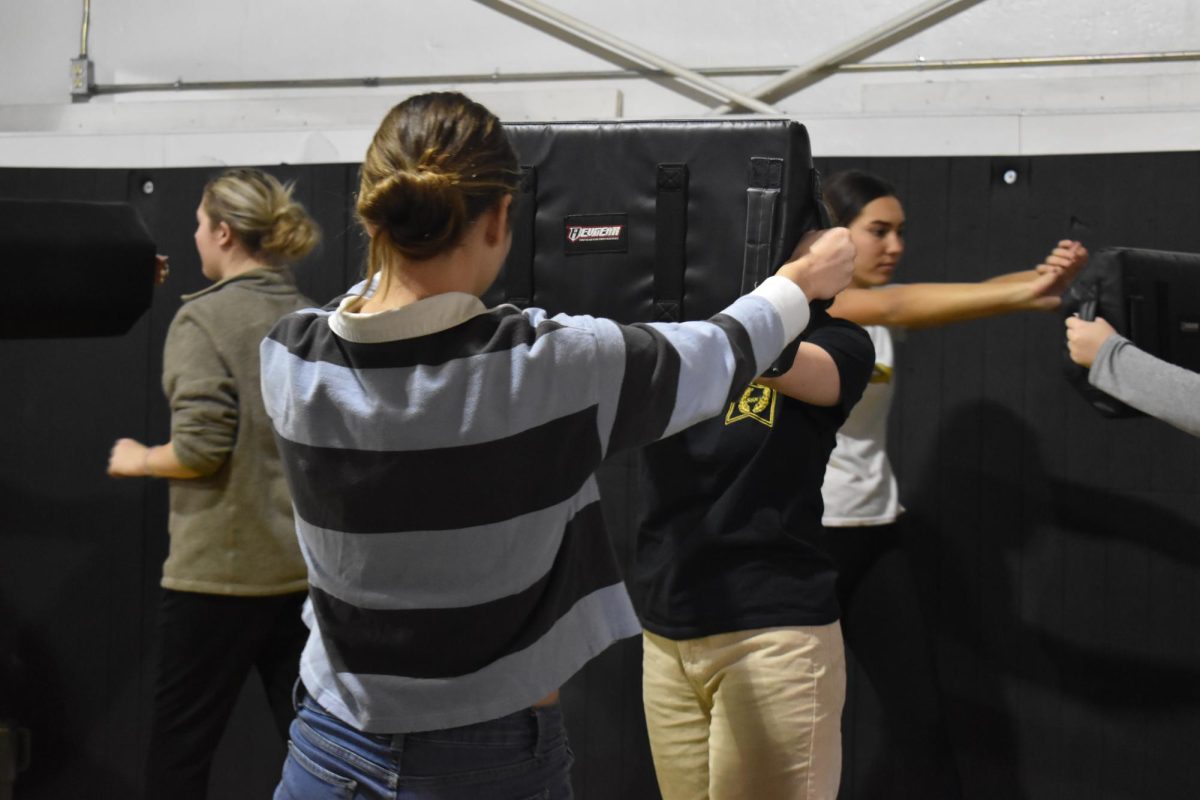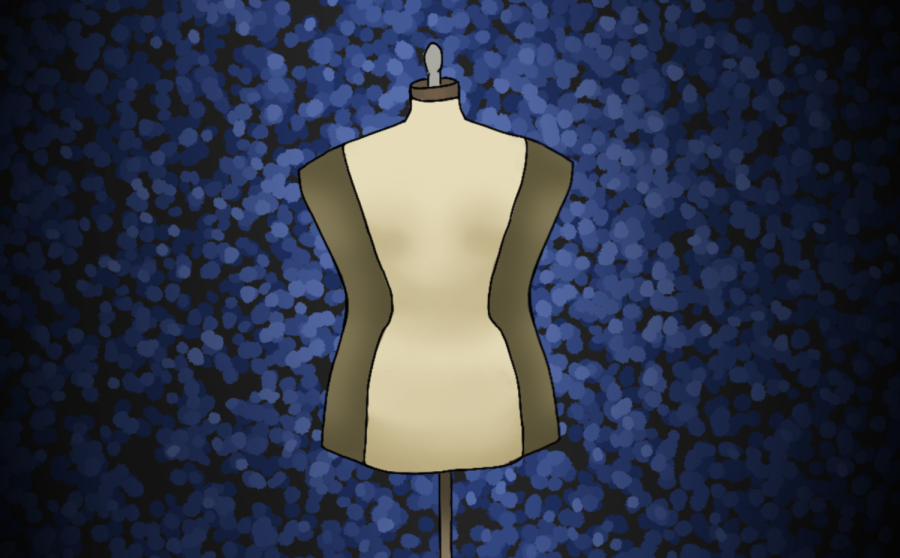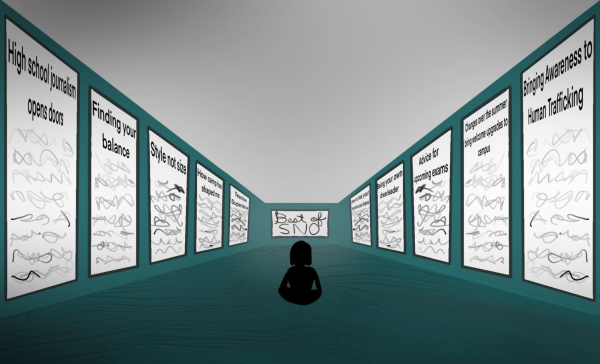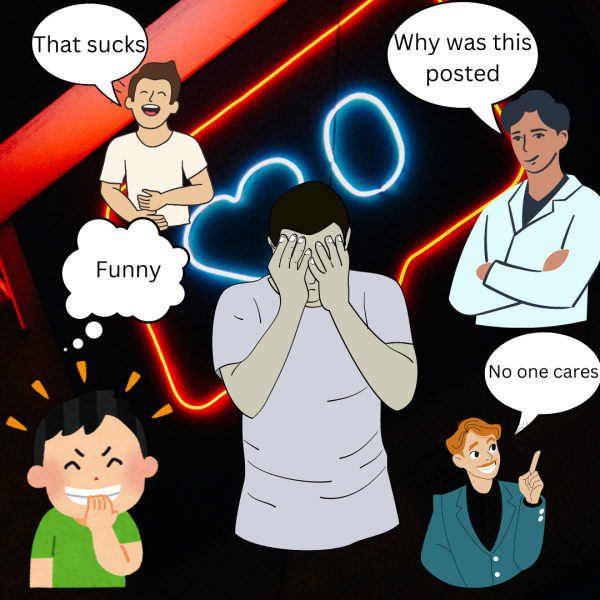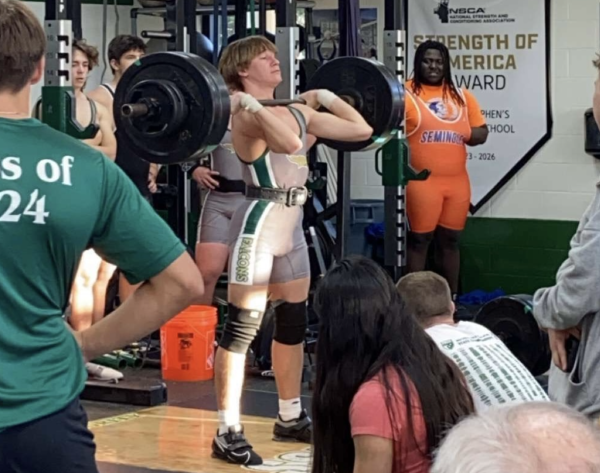Style, not size
It’s time we figure out how to make a dress code that’s equal for everyone.
Dress codes seem to have different enforcement for different body types.
May 10, 2023
Discovering who you are is difficult, especially as a teenager. Everyone has experienced insecurity in some way, no matter who you are or what you look like. And the adults in our lives should support our growth and guide us in a way that is helpful, not hurtful.
The way we dress is a form of expression and when a struggling teen wears a piece of clothing, it is important that the adults in their life support that expression with care and grace. It is understandable that during school hours that there is a dress code to keep the outfits appropriate; however, it is crucial that schools are a safe environment and all students should have equal treatment regarding dress code no matter their outward appearance. Inconsistent dress coding by school staff is a major problem in schools all over the United States, and it is time that we address it as students and teachers and find a solution that works for all of us.
The situation in most schools, including our own, is this: it is very important that we maintain a professional standard about the way we dress and as a result, most schools have a dress code that is reasonable. The issue comes in when the code is enforced differently for people with different appearances. I understand that sometimes certain articles of clothing look different on certain people however, the bottom line is this: the standards we set must be consistent. If a skirt is permitted on one student, that same skirt should be permitted for all, provided it fits.
Each day, when students walk down the hallway they should not have to worry about adults coming up to them and telling them that what they are wearing does not look good on them if it is in dress code. I always thought that adults were supposed to uplift and support teens, but in practice that unfortunately does not always happen.
I was standing in the hallway chatting with my friends during a school function. Suddenly, a teacher approached me and said that the skirt I was wearing for that function was too short. I respected the adult who told me, and I brainstormed a solution to my problem. I came up with simply getting a pair of shorts instead, because other girls around me were wearing them as well.
When I asked if that was ok, I was pulled to the side and told that because of my body type, I would look “cheap” in jean shorts as it was inappropriate for a “person like me” to wear shorter clothing. I was told: “There’s a big difference between you and the other girl. She’s three years younger than you, shorts look better on her.”
In this situation, I couldn’t believe that an adult whom I respected had told me I couldn’t wear a skirt because of the way I look.
In today’s society, with social media, it is especially easy for others to make judgments on the things we wear and the way we present ourselves. Around 42% of girls between the ages of 16 and 18 in the US say that they struggle with body dysmorphia. In simple terms, body dysmorphia is the constant worry over a perceived slight defect in appearance. If, on top of the pressure we get from social media, schools enforce the dress code in an unequal manner, this statistic is bound to rise.
Some will say that different people can pull off different clothes. But if a person gets a skirt in their size and it meets the four-inch-above-the-knee rule, then there is no reason why one student should be able to wear it and another student cannot.
There is an uplifting way that school staff across the country can kindly tell a student that their outfit is out of dress code. In her NYT article on the power of suggestion in dressing, Katie Sturino kindly suggested to her husband that jeggings are not the move. In response, her husband said, “It makes me feel special that she loves me enough to make sure I look good.” There is a clear difference between kindly suggesting another clothing choice and telling someone they cannot wear the same thing as a peer.
The way we dress is a form of expression and when a struggling teen wears a piece of clothing, it is important that the adults in their life support that expression with care and grace.
The bottom line is: school should be a safe place.
Teachers and administrators in schools need to foster an inclusive environment where students are free to express themselves. Whether the solution is talking about it in faculty meetings, or having open conversations with students, we must stop this double standard.
Sources:
Himanshu, Kaur, A., Kaur, A., & Singla, G. (2020, February 28). Rising dysmorphia among adolescents : A cause for concern. Journal of family medicine and primary care. Retrieved April 18, 2023, from https://www.ncbi.nlm.nih.gov/pmc/articles/PMC7114025/
Gorce, T. L. (2019, June 22). A body positive outlook, but his jeggings had to go. The New York Times. Retrieved April 18, 2023, from https://www.nytimes.com/2019/06/22/style/a-body-positive-outlook-but-his-jeggings-had-to-go.html?searchResultPosition=2
1


